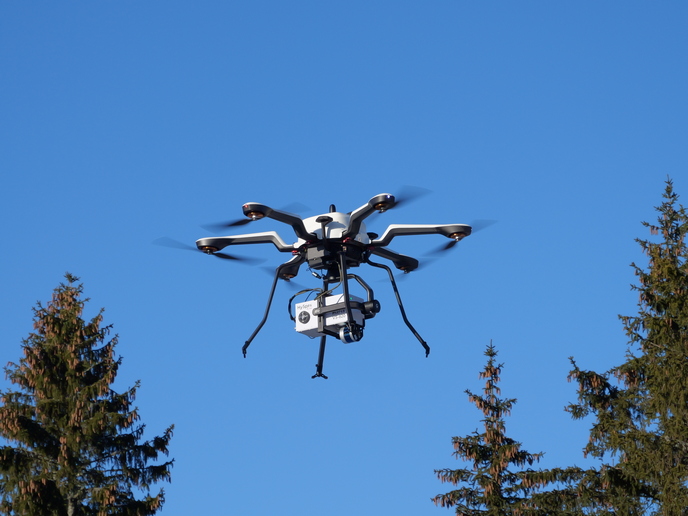Advancing inspection of storage tanks
Many hazardous liquids including oil and chemicals are stored in big tanks worldwide. Leakage from corroded storage tanks, especially their floors, is a major environmental, economic and safety hazard. External inspection of these storage tanks is inadequate because current methods can only inspect up to 1 metre into the tank. Additional limitations include the emptying and cleaning of the tank prior to inspection exposing workers to dangerous fumes, the high cost and risk of environmental contamination upon transport and storage of the hazardous liquids elsewhere. To overcome the above drawbacks of the current inspection practices, the EU-funded project TANK-Inspect proposed to develop novel long-range ultrasonic testing (LRUT) techniques for monitoring corrosion in tank floor plates. The LRUT method uses very low ultrasonic frequencies to generate waves that travel a long distance without much energy loss. Application of such a technique for tank inspection would be advantageous as it would eliminate the need to empty and clean the tank. As a first step, consortium partners conducted a survey to identify the problem and constructed small-scale model tanks for laboratory development work. Numerical modelling studies were carried out to study wave propagation through lap welded plates including attenuation losses, identify the best wave modes and optimise the signal to noise ratio. The completed TANK-Inspect system consisted of a long-range ultrasonic pulser-receiver suitable for the inspection of storage tanks and an interface for controlling the instrument and storing data on tank details. Also, tomographic reconstruction was possible, producing an attenuation map of a tank floor. The TANK-Inspect prototype system is expected to contribute towards improved detection of defects in storage tanks, increased worker safety and lower inspection costs. Implementation of the system in old tanks in Eastern European countries will have important implications for environmental safety.







